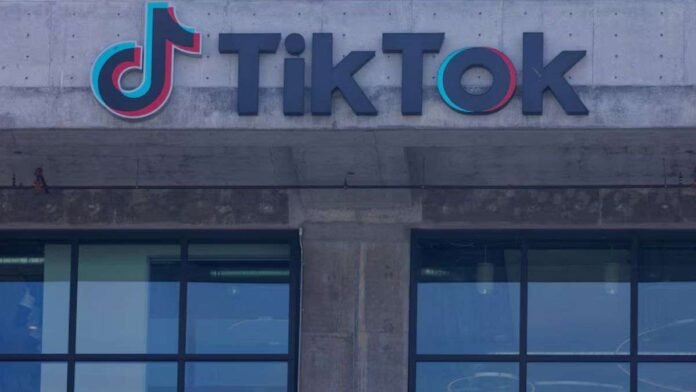The US House of Representatives’ prospective ban on TikTok reignites a global debate on short-form video platforms and national security. India’s 2020 TikTok ban provides a unique case study while the US considers its options.
India: The First to Ban TikTok
At the height of the COVID-19 pandemic, the Indian government banned ByteDance’s TikTok on June 29, 2020. This move shocked social media, as India was TikTok’s largest market outside of China with over 170 million subscribers.
Indian officials cited national security reasons for the prohibition. Section 69 of the Information Technology Act was violated by TikTok and 58 other Chinese apps. This clause allows the government to restrict material or apps that threaten India’s sovereignty and integrity.
These apps raised concerns about the Chinese government accessing user data. US legislators have also raised this problem. Critics say ByteDance must cooperate with government intelligence requests owing to China’s national security legislation.
India’s App Bans Continue
India now targets Chinese apps more aggressively after the initial ban. Over 300 Chinese apps, including Shareit, WeChat, Likee, and Helo, have been banned in recent years. The Indian government has also targeted Chinese-linked loan and betting apps.
Data Leaks and Security Issues
Growing global worry about Chinese app security is reflected in the Indian government’s stance. User data, especially sensitive or essential infrastructure data, is at risk from the Chinese government.
To prevent data leaks, the Indian Army ordered its soldiers to uninstall 89 smartphone apps, including numerous Chinese ones, in 2020.
Wider Debate: Beyond India
India banned TikTok initially, but other nations are exploring similar measures. Nepal banned TikTok in November 2023 over community-harming content.
Note that the US government has highlighted similar security concerns about TikTok. TikTok claims to store US customer data in China, but government access is still a concern.
Domestic Alternatives Grow
India’s short-form video sector thrives despite the ban. TikTok’s absence has been filled by local alternatives. India has over 250 million short-form video users, according to reports. Nearly 70% of these users are from tier-2 cities and semi-urban/rural areas, demonstrating a wider demographic reach for these platforms. This data reveals that Indian users are increasingly demanding short-form video content, and domestic players are meeting that demand.
The Future of Short-Form Video and Data Security
TikTok’s Chinese ownership argument illustrates the challenges of data protection in a globalized digital world. Governments and users will have to balance national security, data privacy, and innovation as short-form video services become more popular worldwide. India’s example shows the risks of choosing security over platform access in a booming social media sector. As the US weighs its next steps with TikTok, India’s story shows how such decisions affect user behavior, content development, and the digital landscape.




